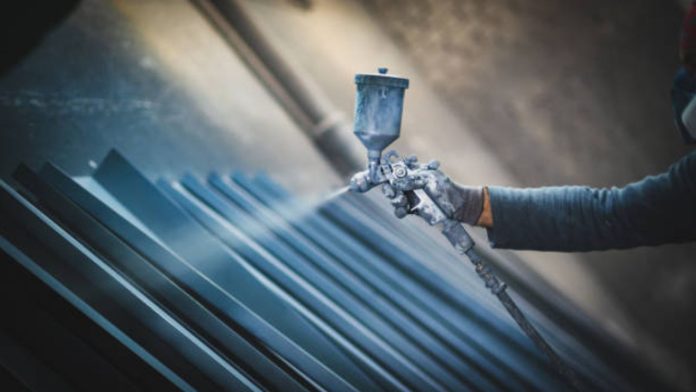The automobile, aerospace, construction, and electronic industries, among others, now have fiberglass materials because of its strong, light, and adaptable design. However, a current issue in composite manufacture is the achievement of durable bonding between incompatible materials, usually, an organic polymeric structure and an inorganic filler. Silane coupling agents like 3-Aminopropyl Triethoxysilane (APTES) are very important in this instance. These are special organosilicane materials that are incorporated to connect the two phases so as to enhance the interfacial bonding, improve mechanical properties, and enhance long-term durability.
Chemical Structure and Working of APTES
3-Aminopropyl Triethoxysilane (APTES) is considered to be one of the most useful and diverse silane coupling agents. It has an ethoxy group of three and one reactive amino group on a propyl chain in its molecular structure. The ethoxy groups can be hydrolyzed in the presence of water to form silanol groups, which can merge with the hydroxyl groups available on inorganic surfaces. Strong covalent bonds are formed in these condensation reactions that provide a binding of the silane to the filler surface.
Instead, the amino group reacts directly with the polymer matrix functional groups, including carboxyl or epoxy groups. This bidirectional reactivity has rendered APTES a good coupling agent that can chemically bond organic and inorganic elements of the composite.
Enhancement of the Adhesion Mechanism
This is due to the fact that the enhancement in the adhesion of the material that is accomplished by APTES uses a sequence of chemical reactions. Upon the application of APTES on a surface, it initially goes through hydrolysis, in which its ethoxy groups are transformed into silanol groups. These new silanol groups in turn react with hydroxylated inorganic surfaces like glass, silica, or alumina, to form stable Si-O-Si linkages. When this anchoring layer is finally created, the amino group of APTES is free to react with the organic resin matrix, and covalent or hydrogen bonds are formed based on the nature of the polymer.
The effect of this process is a continuous molecular joining of the filler and the matrix, which removes fragile physical bonding and improves chemical bonding. The outcome is an increase in high interfacial strength, enhanced efficiency of load transfer, and a decrease in the delamination risk during stress or environmental effects.
Advantages of APTES Usage in Composites
The introduction of APTES into composite formulations enhances the formulations in several ways besides simple enhancement of adhesion. Improvement of mechanical strength is one of the most outstanding benefits. APTES allows more beneficial stress transfer between the polymer matrix and the reinforcing fillers by strengthening interfacial bonds, resulting in improved tensile and impact strength.
The other major advantage is enhanced moisture resistance. The silane coating deposited on the filler surface forms a hydrophobic coating that prevents water from penetrating the interface. This protection reduces the level of hydrolysis and degradation; hence, the composite is able to retain its structural integrity even in humid or wet conditions.
APTES also enhances the dispersion of fillers in the polymer matrix. Up to now, when fillers are bonded well and they are evenly dispersed, the resulting material possesses smoother surfaces, a higher dimensional stability, as well as a more uniform mechanical action. In addition, composites that are treated using APTES have enhanced resistance to heat and chemicals because the strong interfacial bonding allows the material to withstand the heat and other corrosive environments.
Applications in Industry
APTES is very versatile and, therefore, can be implemented in numerous industrial applications. In glass fiber reinforced plastics, it increases the relationship between the glass fibers and the resin matrices, making the composites stronger and more resistant. APTES is also used in adhesives and sealants, where it enhances adhesion to metal, ceramic, and glass surfaces to provide superior long-life applications. It is also applied in coating materials to enhance adhesion, resistance to corrosion, and the life of the film. Also, APTES can be used in rubber and polymer composites, where it facilitates the even distribution of fillers and improves bonding at the interfaces to develop high-mechanical properties.
Conclusion
The performance of the current composite materials has been revolutionized by silane coupling agents like 3-Aminopropyl Triethoxysilane (APTES). They contribute a lot to adhesion, strength, and durability by creating stable chemical bridges between the organic and inorganic components. Composite systems based on high-performance materials would not achieve their performance without the addition of APTES to promote filler compatibility, decrease moisture sensitivity, and maintain mechanical integrity. With the industries being ever-advancing towards more robust, lighter, and sustainable materials, APTES is always ahead in terms of innovation, which means that the composite materials are fulfilling the critical needs of the contemporary engineering niche.





